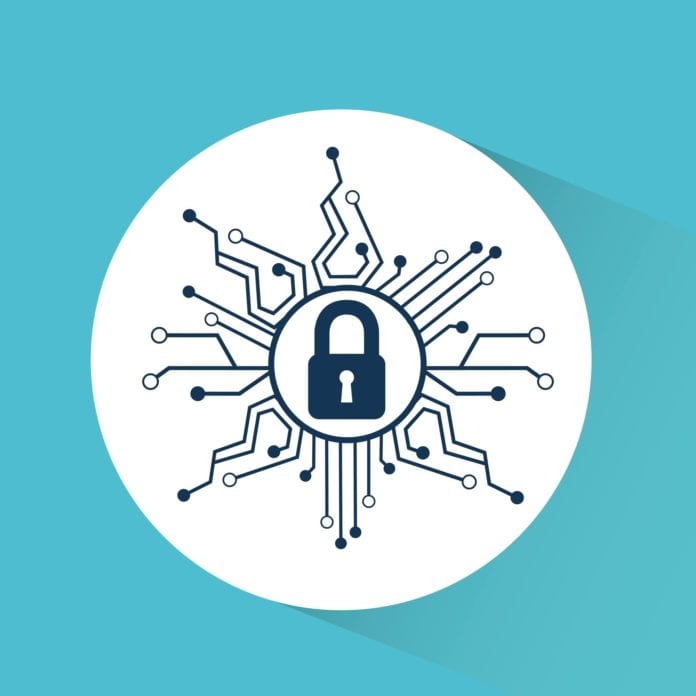Cisco releases 2018 Annual Cybersecurity Report
Cyber criminals are increasingly using encryption to evade detection, while security professionals are becoming more reliant on automation, machine learning and artificial intelligence (A.I.).
That is at least the conclusion of Cisco’s recently published 2018 Annual Cybersecurity Report, which involved feedback from 3,600 chief information security officers (CISOs). According to the report, 50% of global traffic was encrypted since October 2017, a 12-point increase in volume from November 2016. The authors of the report said the expanded volume of both legitimate and malicious encrypted web traffic has made it more difficult for professionals to recognize and monitor potential threats.
Cisco threat researchers also observed a more than threefold increase in encrypted network communication used by inspected malware samples over a 12-month period. “Last year’s evolution of malware demonstrates that our adversaries continue to learn,” said John N. Stewart, senior vice president and chief security and trust officer, Cisco, in a statement. “We have to raise the bar now – top down leadership, business led, technology investments, and practice effective security – there is too much risk, and it is up to us to reduce it.”
The authors of the report noted that 39% of security professionals said they are completely reliant on automation. Approximately 34% said they are completely reliant on machine learning, while 32% said they are completely reliant on A.I. The report found behavior analytics tools are being leveraged to pinpoint malicious actors in networks as well, with 92% of security professionals saying these tools work “very to extremely well.”
Managing multiple vendor alerts was seen to be creating difficulties for security professionals too. Approximately 54% of security professionals considered managing multiple vendor alerts somewhat challenging, with 20% considering it very challenging. Among organizations using one to five vendors, 8% regarded orchestrating alerts as very challenging. Among organizations using over 50 vendors, 55% regarded orchestration very challenging.
Additionally, the report found an increase in on-premises and public cloud infrastructure. For organizations using the cloud, 36% host 25 to 49% of their infrastructure in the cloud, with 35% hosting 50 to 74% of their infrastructure in the cloud. Security was cited as the chief benefit of hosting networks in the cloud. Approximately 57% said they host networks in the cloud because of better data security, 48% because of scalability and 46% because of ease of use.
In concluding the report, the authors advised users to corporate policies and practices for application, system and appliance patching. Other suggestions included using advanced analytics, backup data, test restoration procedures, and conduct security scanning of microservices, cloud services and application administration systems.

